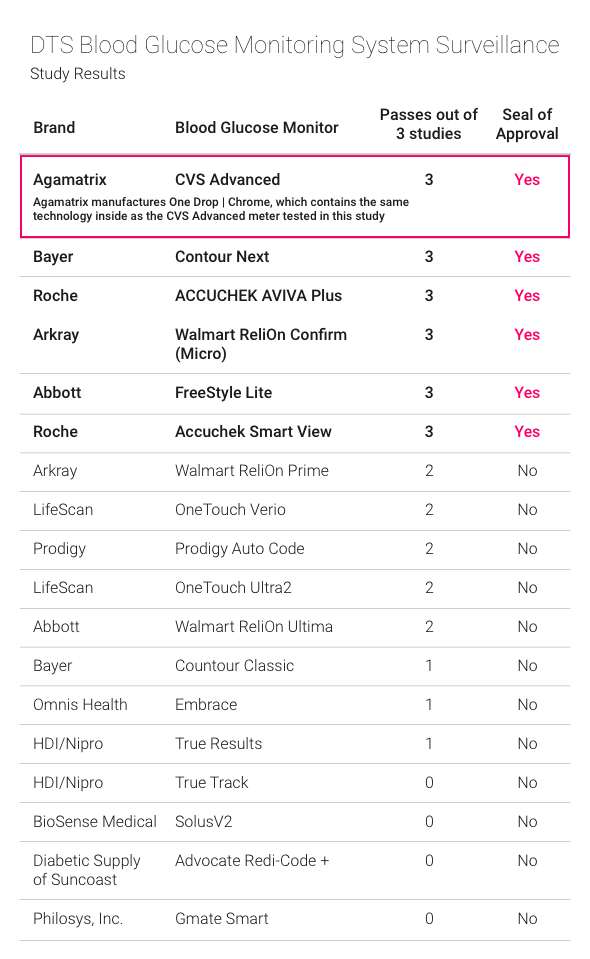Measuring blood sugar with a glucometer is a piece of cake, right? 🎂
Not so fast! You might not know it, but there are many ways you could be skewing that #bgnow number. Here are the top three ways you could be throwing off your blood glucose (BG) readings — and what you can do to avoid it.
Cleanliness is King
Mother knows best — it's important to wash and dry your hands. If your hands are clean and dry, you can be sure that you're getting a more accurate BG reading from your meter.
But it's not just mom — science backs this up too. In a controlled research study, people who handled fruits (like bananas and apples) and then checked their blood sugar without washing their hands had statistically significantly higher readings.
For instance, the study participants had an average fasting blood glucose reading of 77 mg/dl (4.2 mmol/L). After just handling an apple, their average blood glucose jumped to 274 mg/dl (15.2 mmol/L) when they checked without washing their hands. BUT, when those same people did wash their hands before they measured their blood glucose level, they had normal, accurate readings (1).
So make sure that you wash your hands, especially after you eat or handle food!
But what if you can't wash your hands? What can you do?
Using hand sanitizer, plain water, lotion, or wiping off your hands won't do the trick — your blood will still be contaminated by the substances on your hands and you won't get an accurate reading. In that case, wiping off the first drop of blood from your finger and then using the second drop of blood to measure your sugar should have you in good shape (2).
Everything in its right place
Taking good care of your test strips will keep your meter from showing errors and ensure that you're getting an accurate reading.
Who among us hasn't forgotten their test strips in the car on a cold winter day, or used their meter in a steamy bathroom? Extreme temperatures and humidity can skew that BG number by causing your test strips to fail or your meter to malfunction (3, 4).
So make sure that you are storing and using your test strips and meter within the operating temperature and humidity recommended by the manufacturer.
Pick. A. Good. Meter. (aka One of The Most Accurate Blood Glucose Meters)
Sometimes it's tempting to compare meter readings to see which meter is more accurate — but that can be misleading, as we've written about before.
Most fundamentally, it's important to pick a meter that's been given the seal of approval 🥇 from the Diabetes Technology Society (DTS). 
Why the DTS, and not the FDA?
All meters sold in the US are approved by the FDA to meet accuracy standards. This means, 99% of blood glucose measurements are within 20% of lab results, and 95% of blood glucose measurements are within 15% of lab results. But only 6 meters (six!) were recognized by the DTS as being accurate beyond the FDA requirement (5, 6).
Meaning? The accuracy standards of the FDA are (maybe) not the best.
Rather, accuracy legitimacy (if you're concerned about that sort of thing) should be based upon the DTS' approval, since the DTS has some of the highest accuracy standards in the market today.
The same technology inside one of the top 6 meters in the DTS' study is what's inside your One Drop Glucose Meter. So you can rest assured that you're getting best-in-class accuracy in an amazing, sleek, and stylish package. 🎯 🌟
(1) https://www.ncbi.nlm.nih.gov/pmc/articles/PMC5423336/
(3) https://www.ncbi.nlm.nih.gov/pmc/articles/PMC2769960/
(4) https://www.ncbi.nlm.nih.gov/pubmed/16315736/
(6) https://www.diabetestechnology.org/surveillance.shtml



